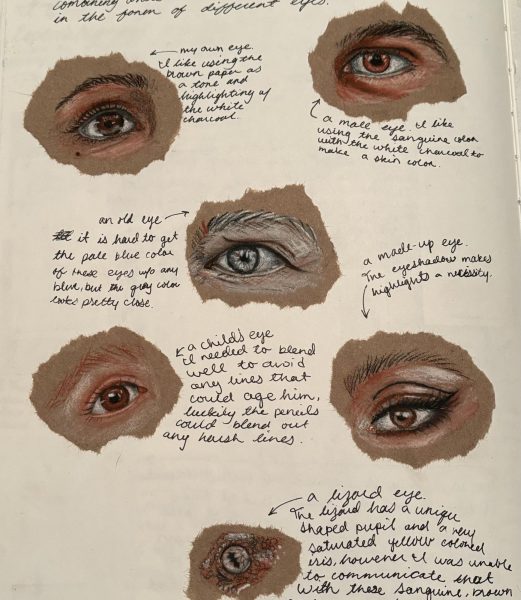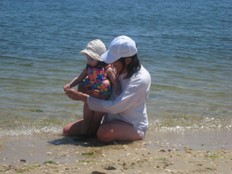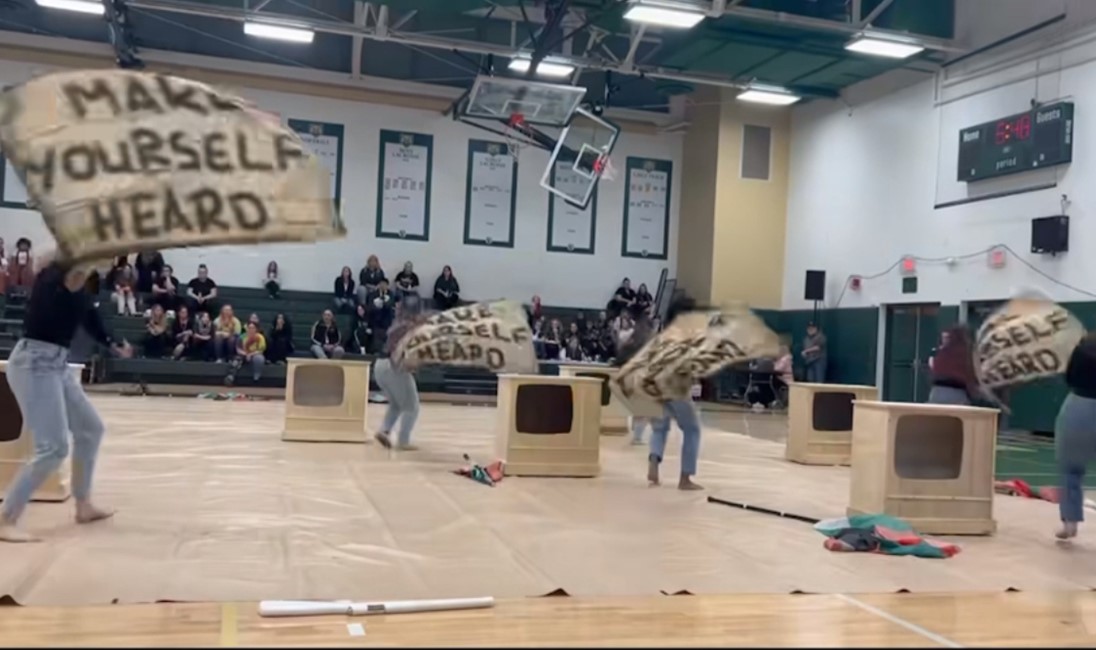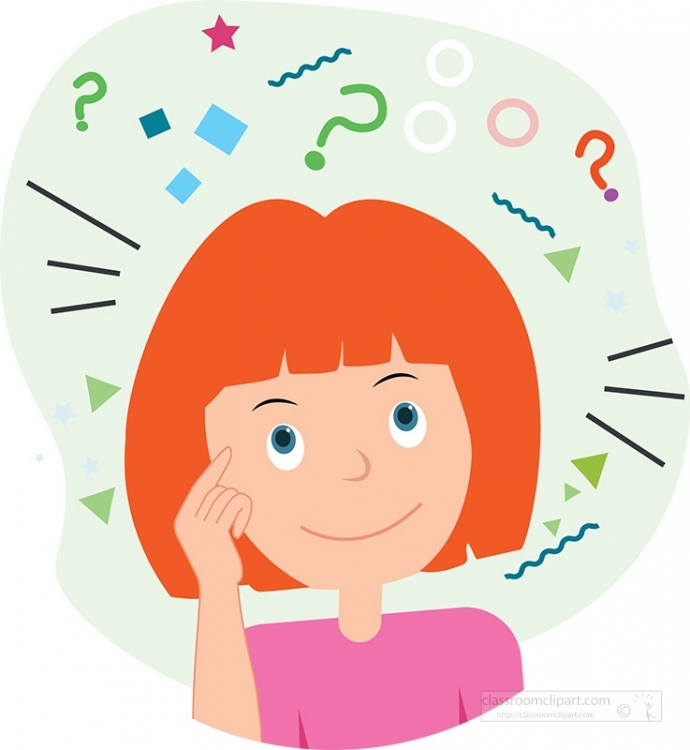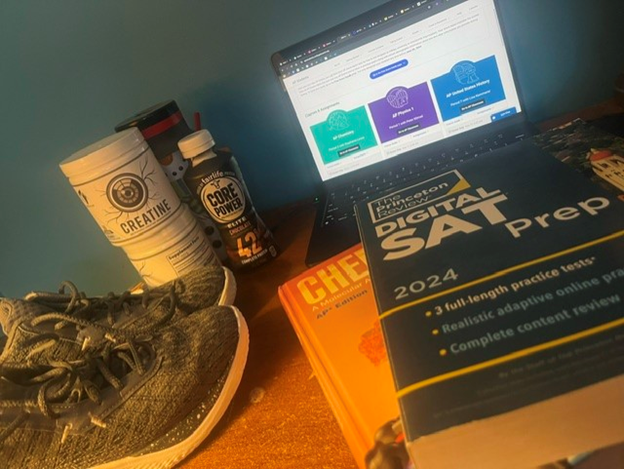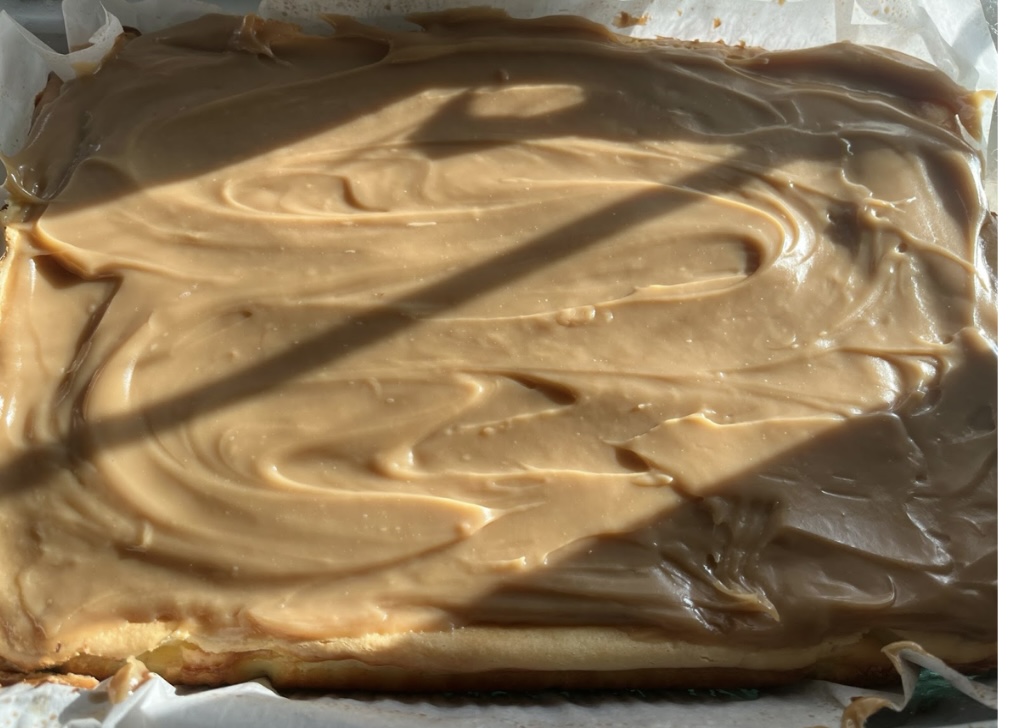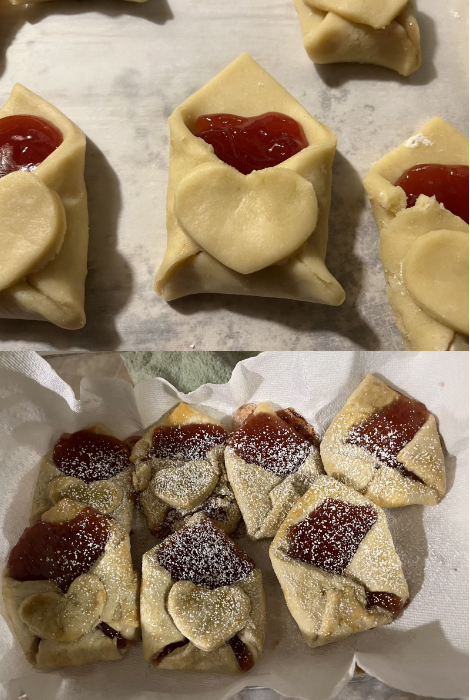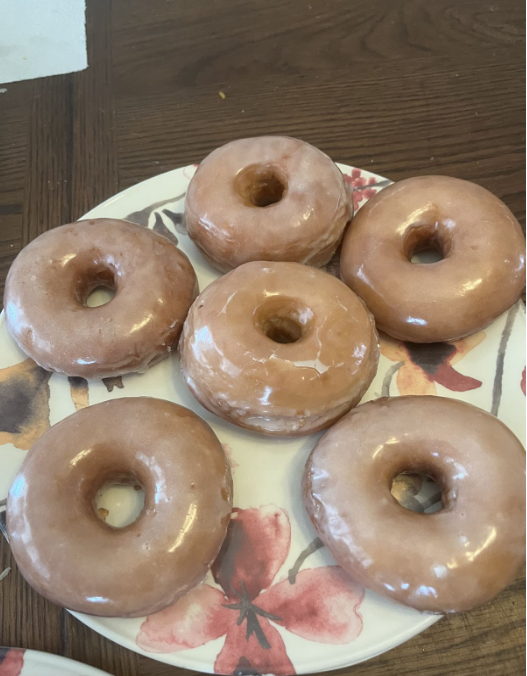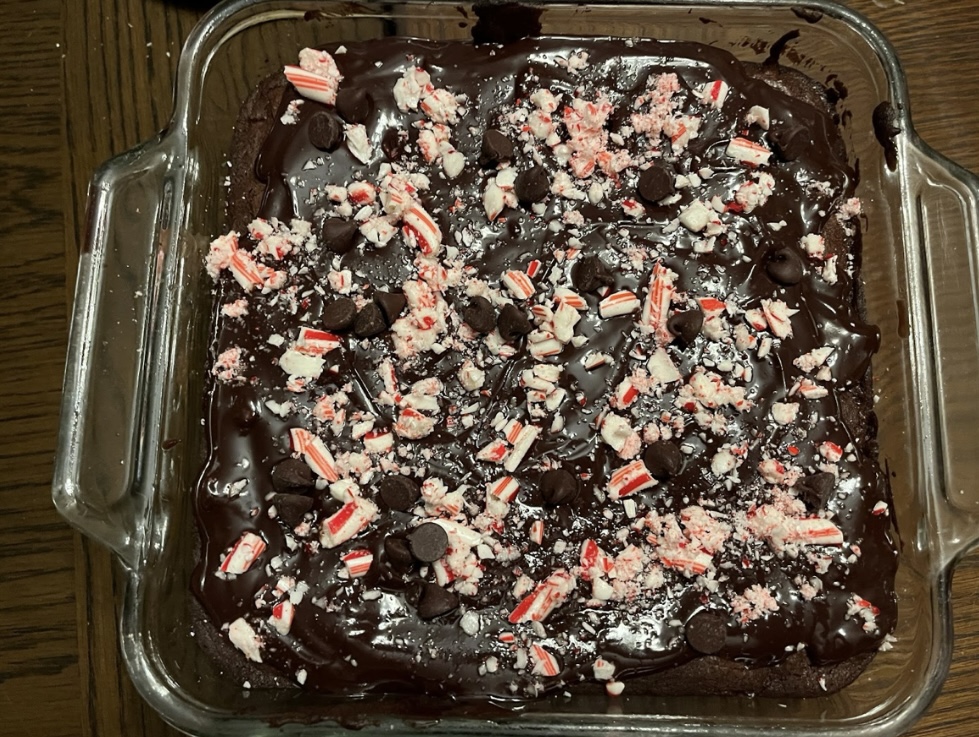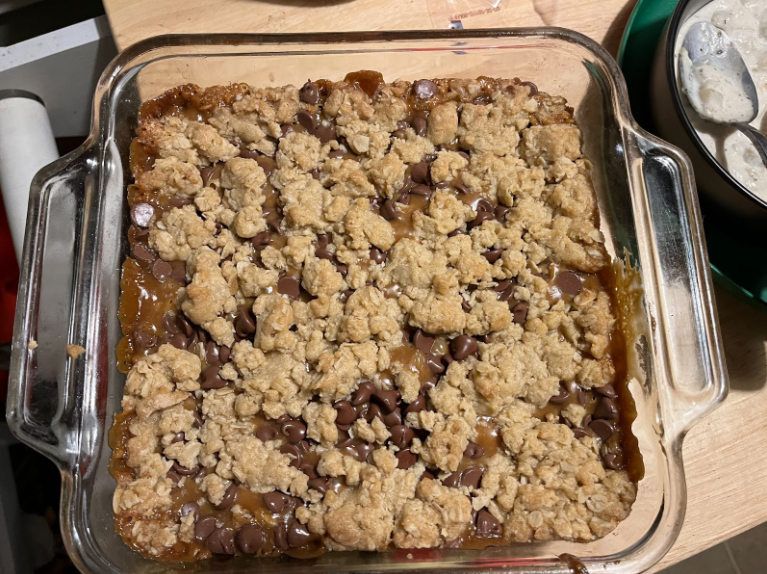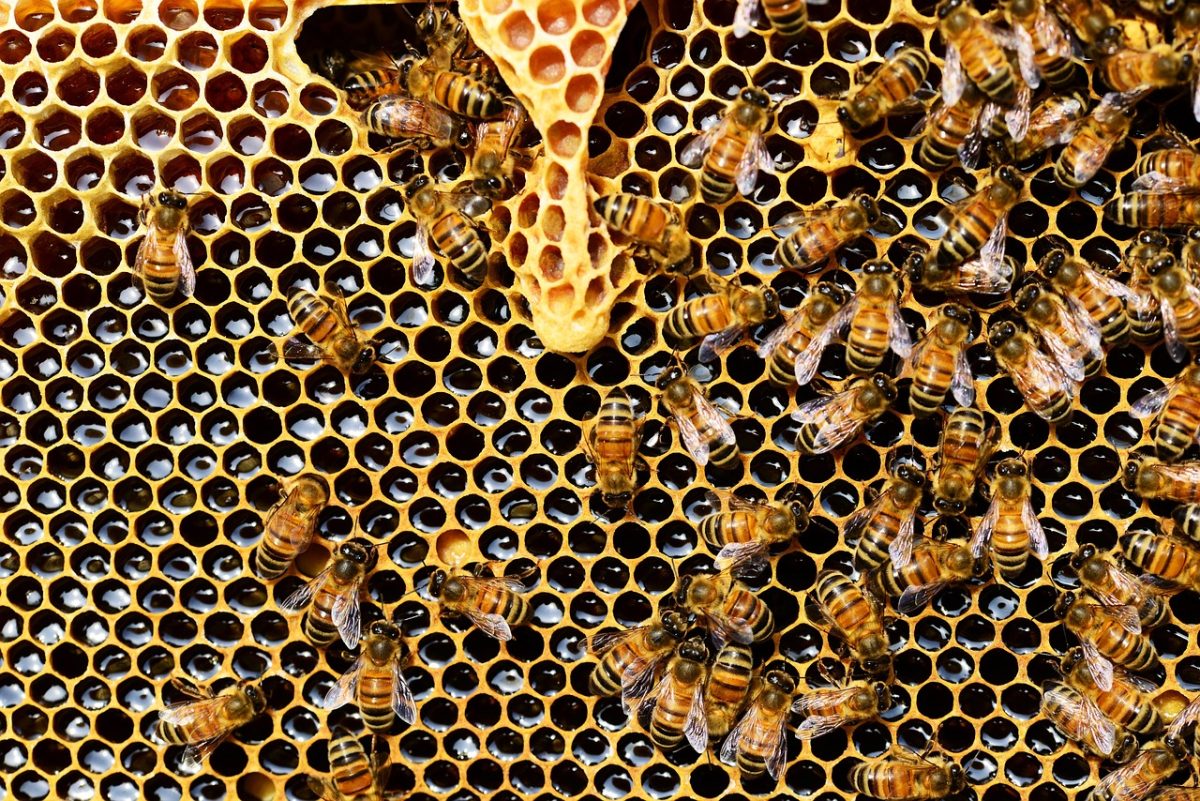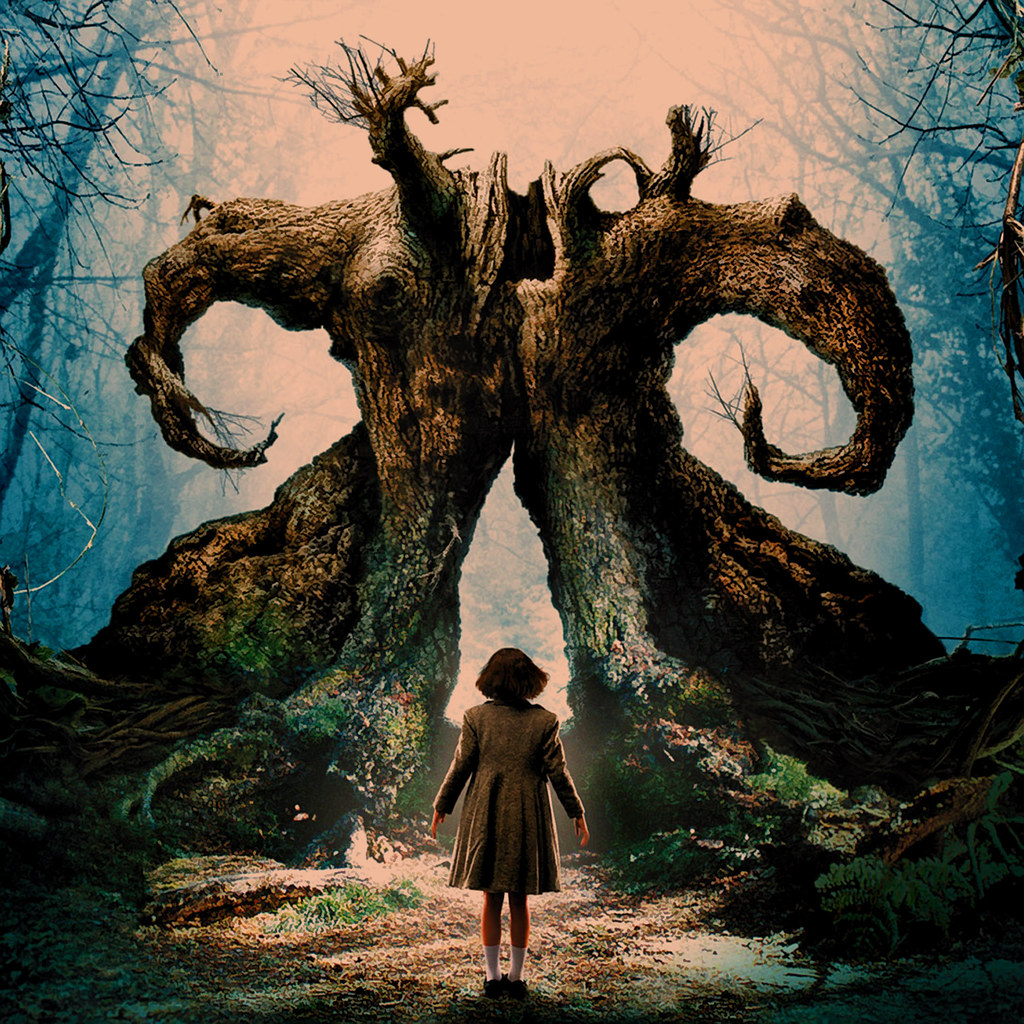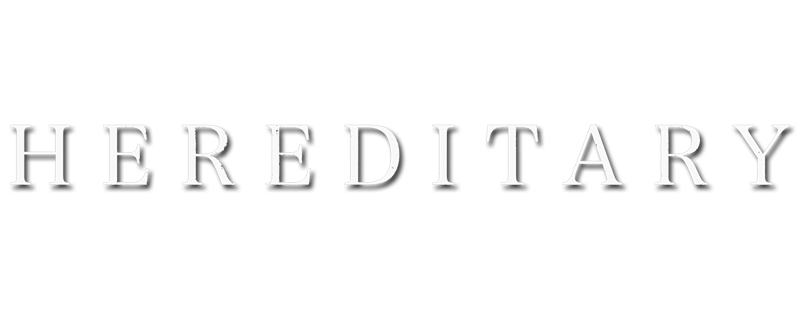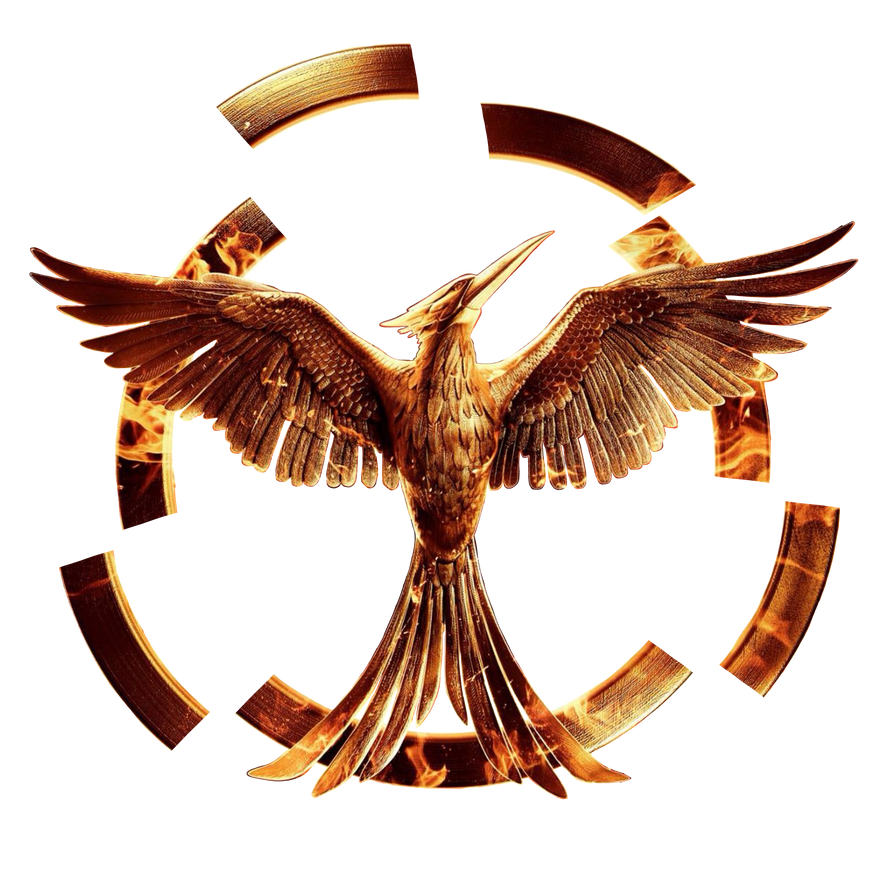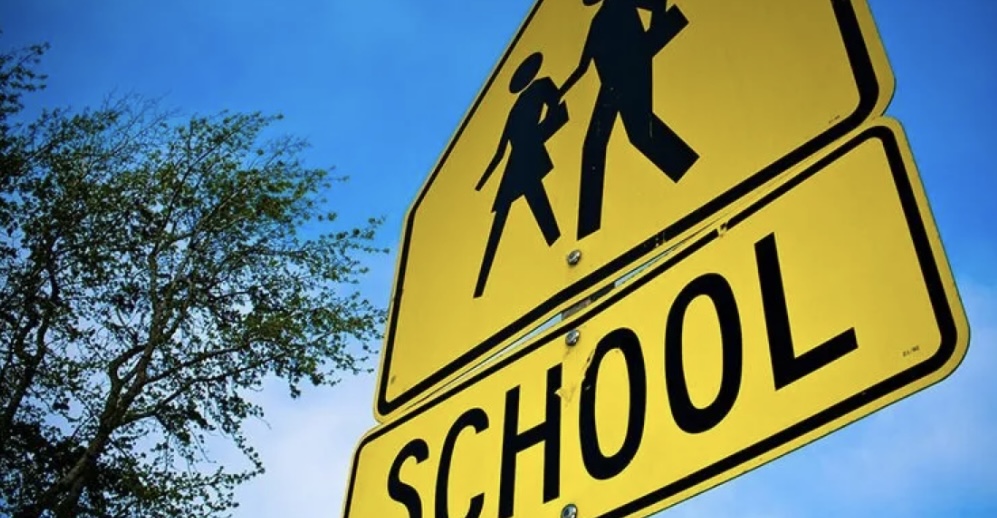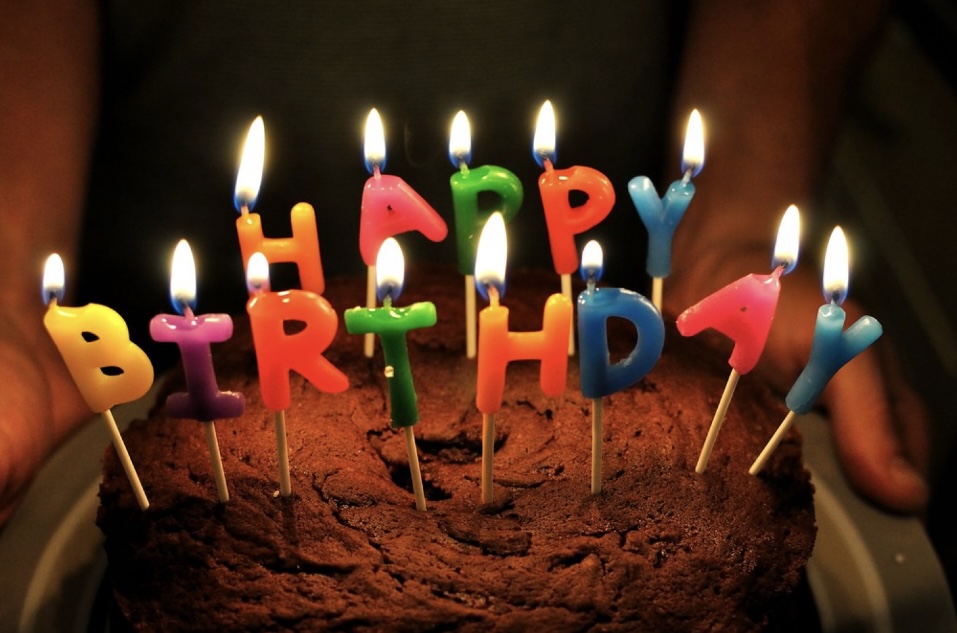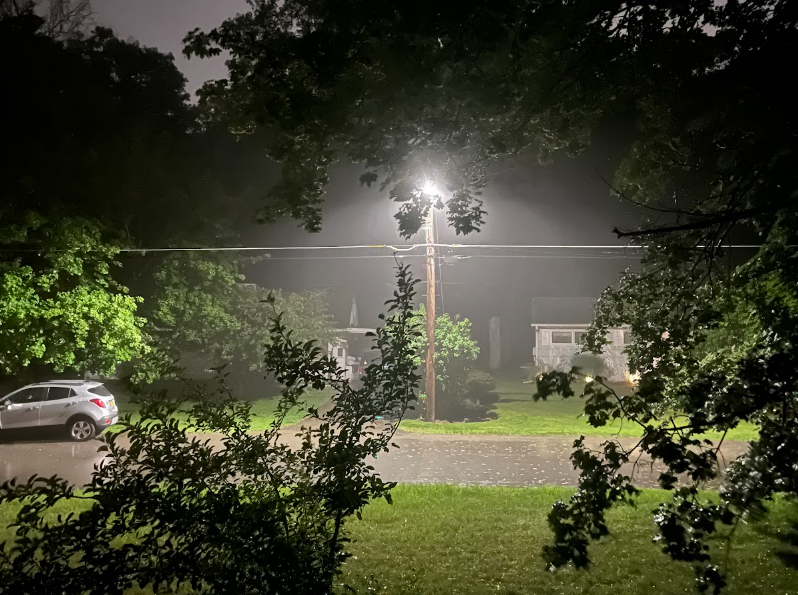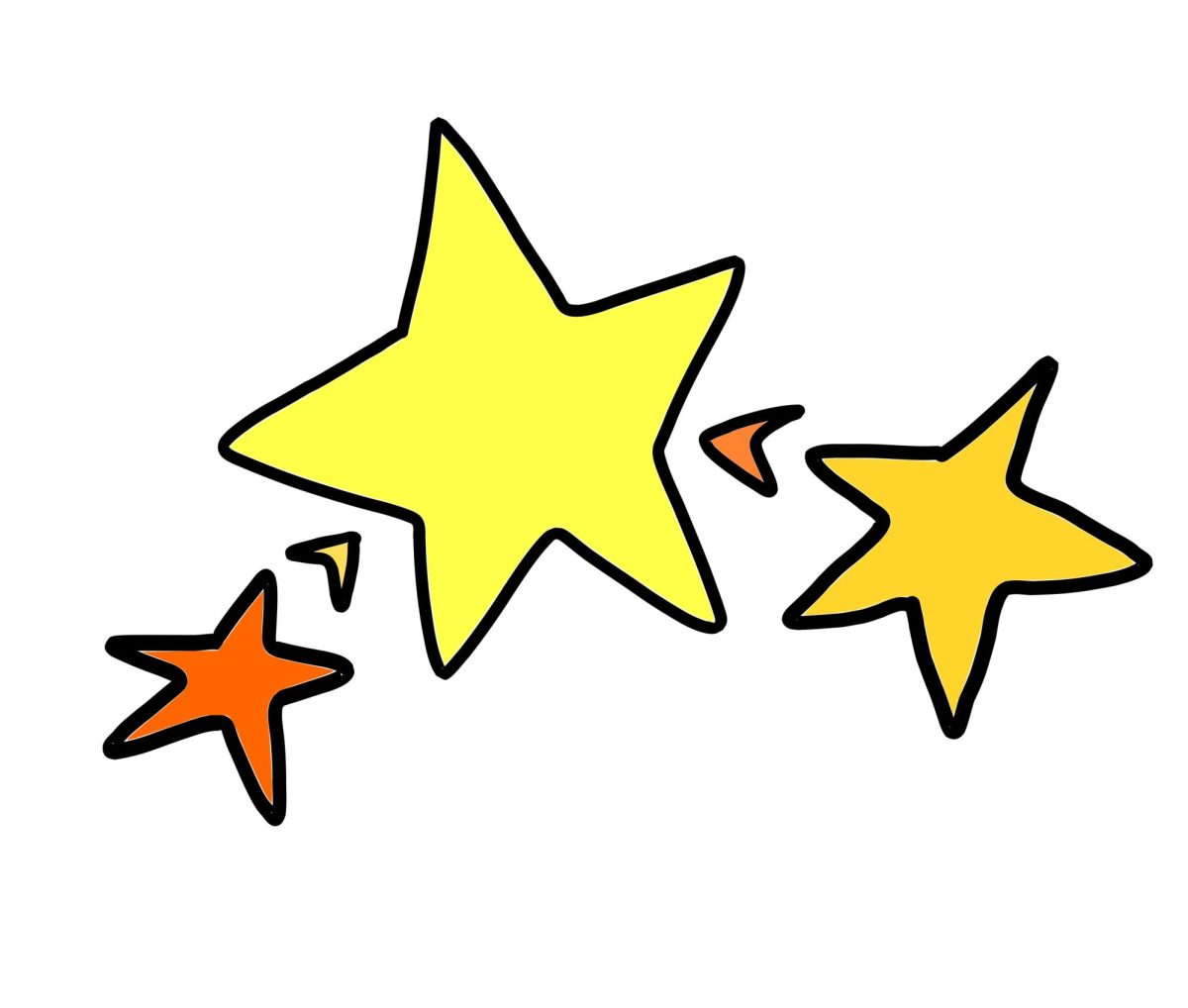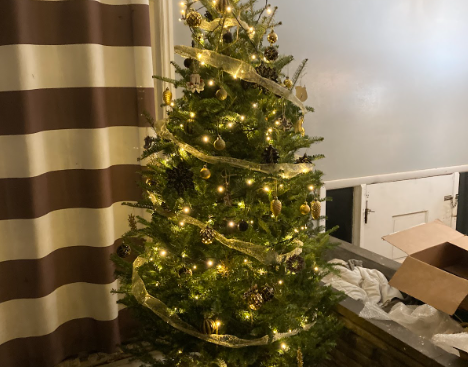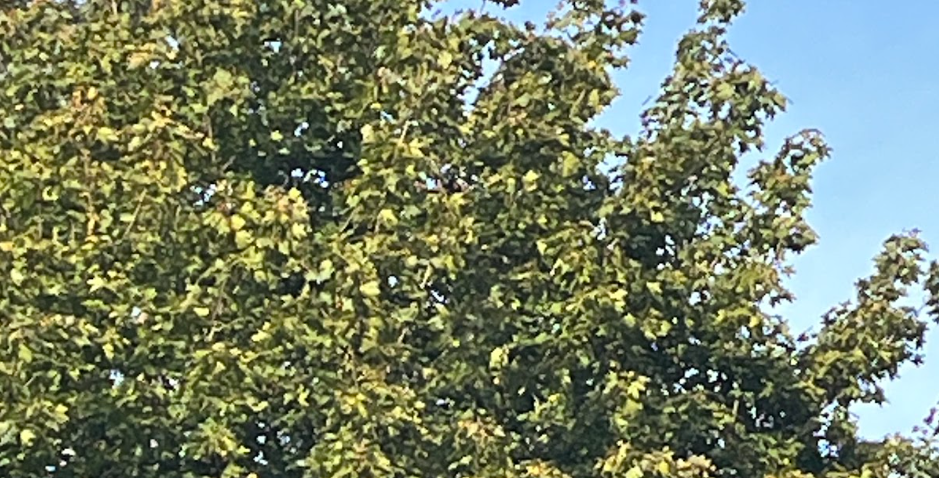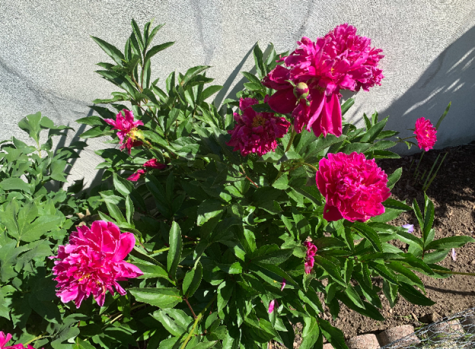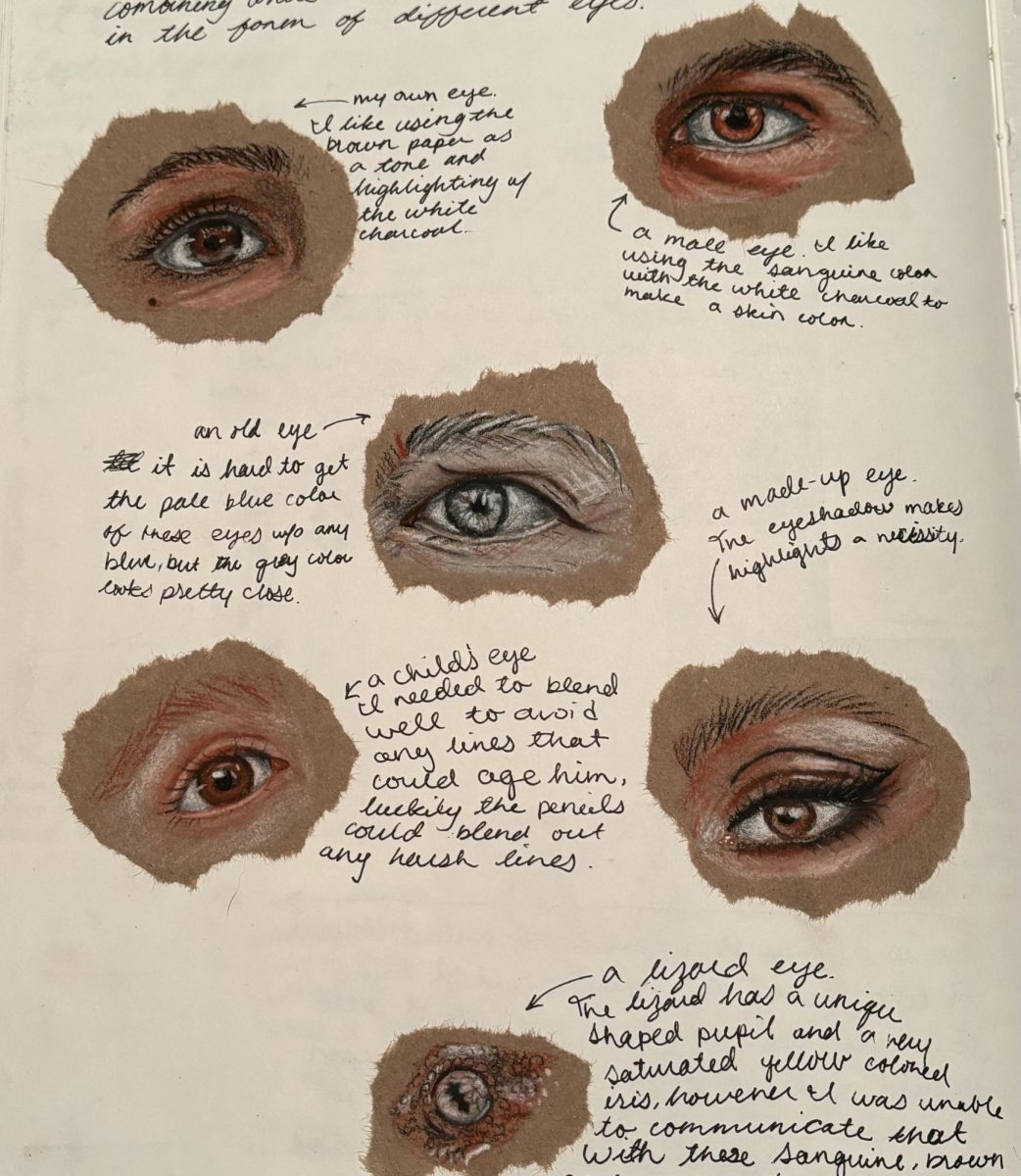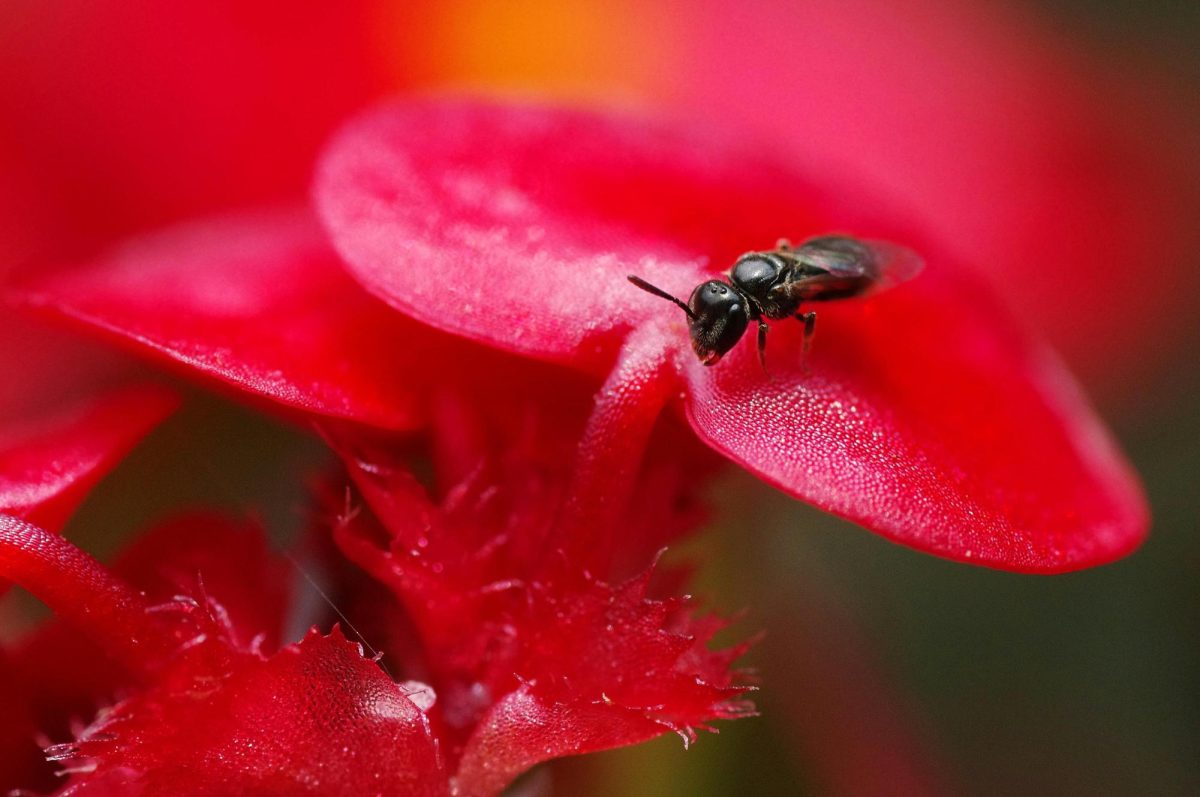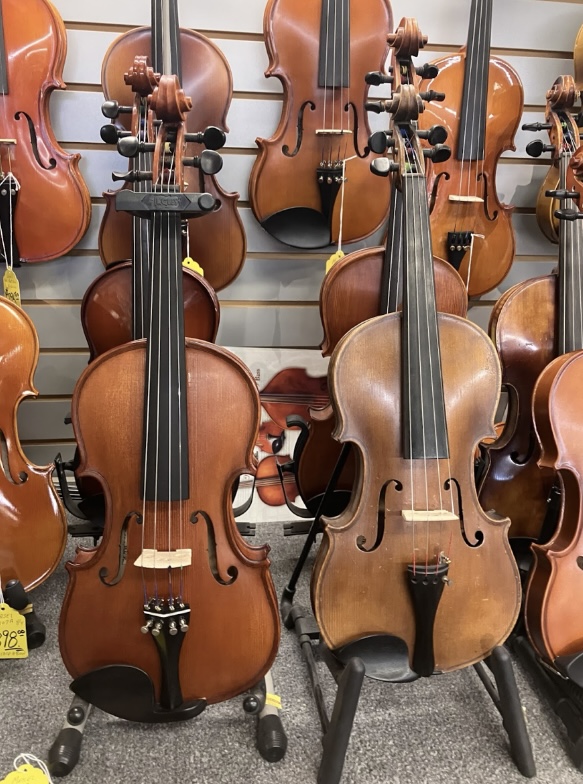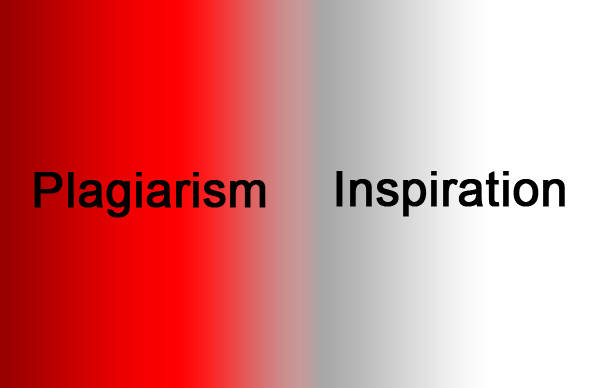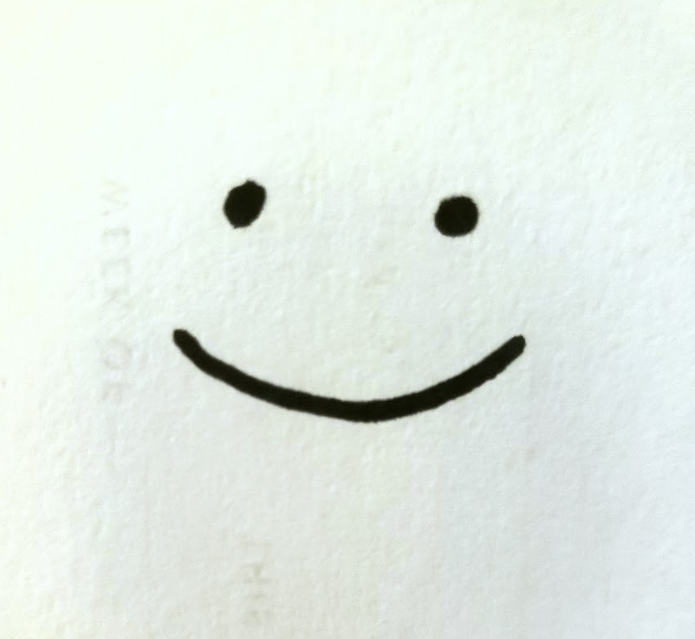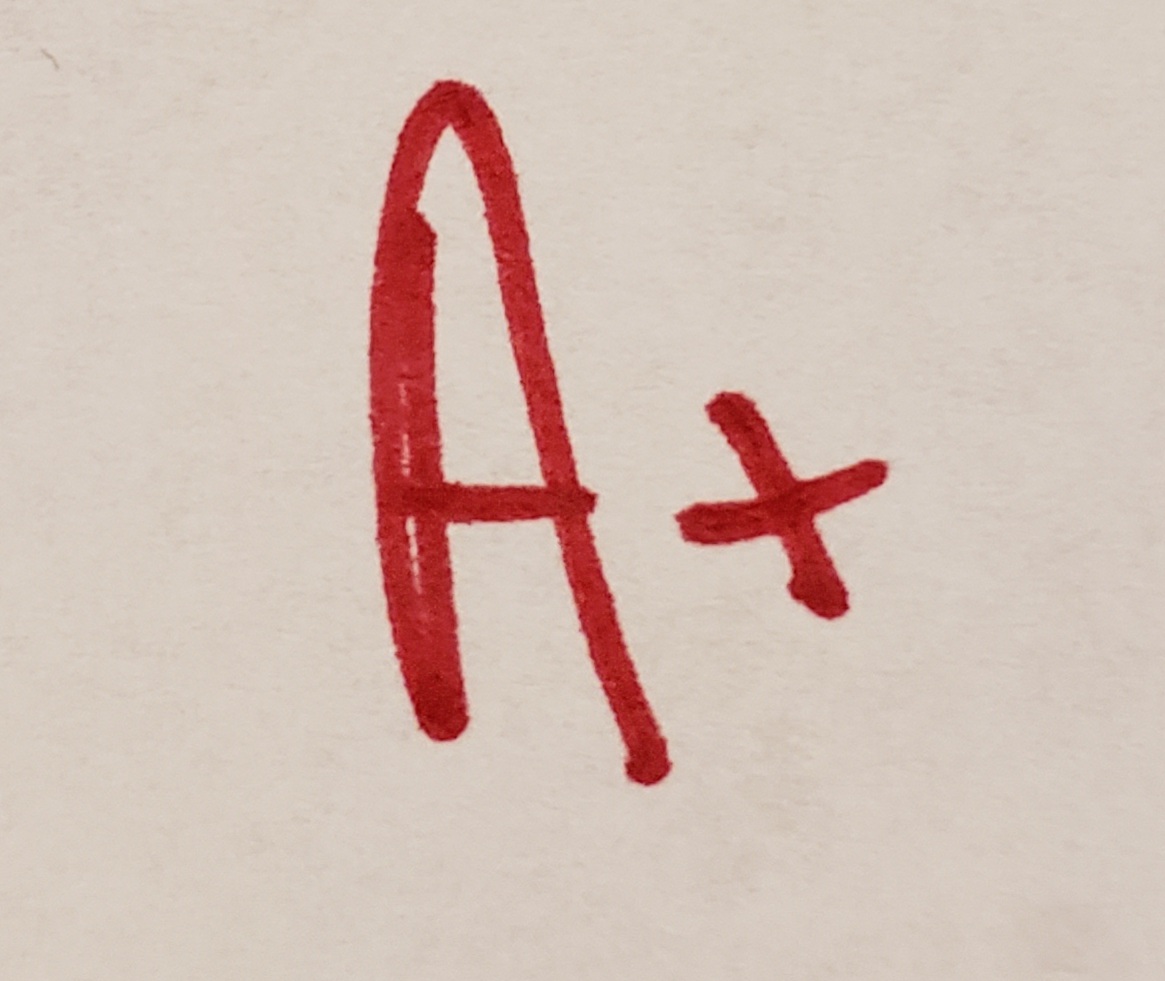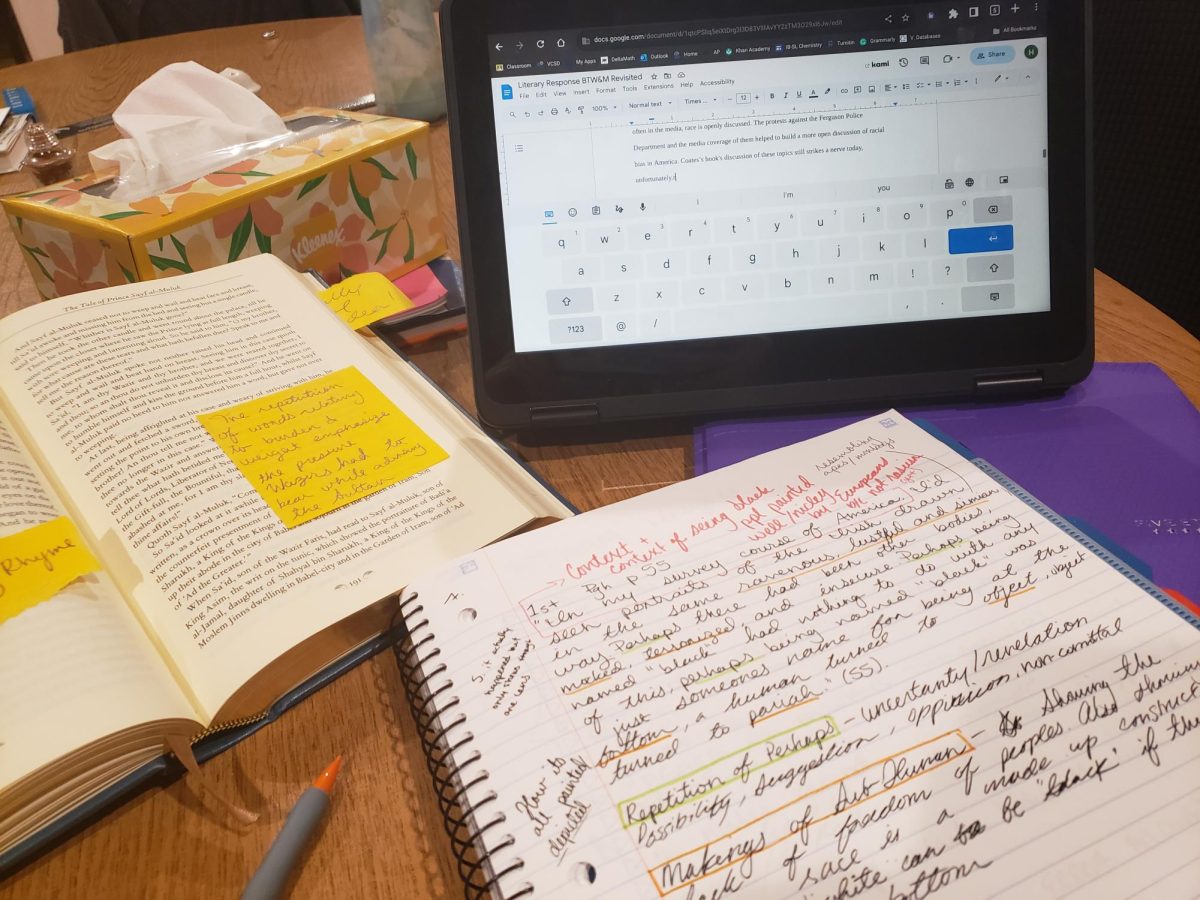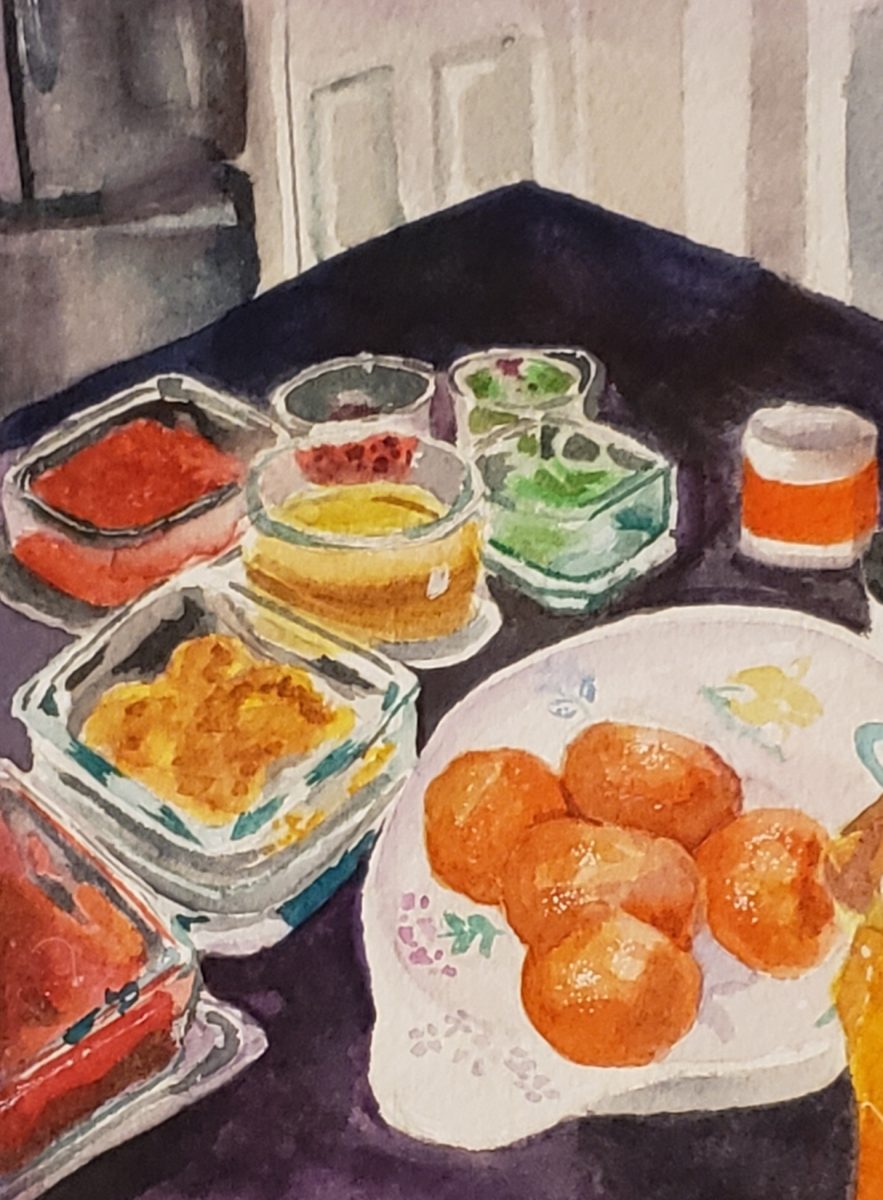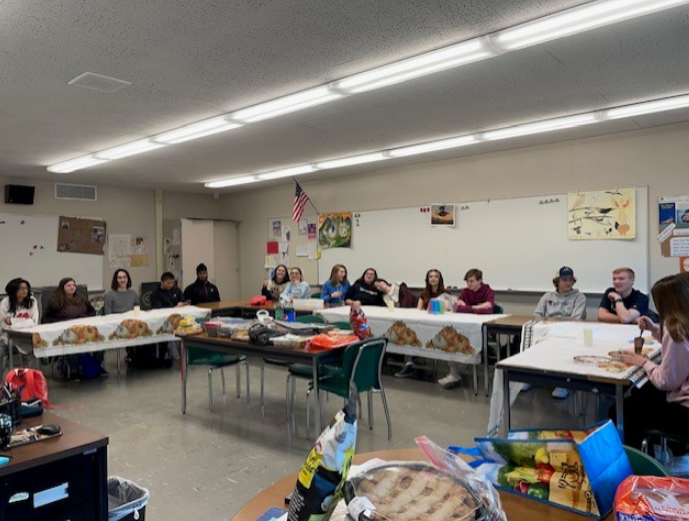This is not an exact method, nor is it the only method to draw, but it works well for me. These are some general tips that can help anyone at any level:
1.) Find something to draw
- Until you have drawn many many of the object you desire to draw, it is always best to start with a reference
- The easiest reference to copy is another person’s drawing, photos are a medium difficulty to copy, and copying items/people from life is the hardest
- To best improve your drawing skills, I recommend attempting the latter two
- I recommend starting with smaller objects to practice the fundamentals rather than a large, detailed object or animal
2.) Lightly sketch out the basic shape of the subject (sometimes with shapes)
- This helps ensure the drawing will be in the right spot and have good proportions
- If I am drawing a bird, I would make a big oval for the body and a smaller circle for the head, perhaps even a triangle or two for a wing, based off the proportions of the photo I am looking at
- For a can of soda (straight on) I might just draw a rectangle
- You can start adding more or carving away once the basic shape is established
3.) Look at proportion comparatively
- Choose part of the subject as a reference, see how many lengths of that part fit in another part
- For a person, artists often use the head of their subjects as a standard of proportion. The average person is about seven and a half heads high
4.) Look at the negative space
- What does the space between parts of the subject look like?
- A person with their hands on their hips has a triangular shaped negative space (maybe trapezoidal depending on angles), make sure the angles of the triangle of the reference’s negative space are the same shape as those in your drawing.
5.) Draw what you see, not what you think you see
- We all have images of objects in our heads that may or may not match what they actually look like
- Does a tree really look like a ball of green with a brown line sticking out from the bottom? No—it has different sized branches, individual leaves, inconsistencies in the trunk and all sorts of details that are simplified in the brain’s reconstruction of the image. Trust your eyes, even if your brain wants you to draw something else
- Constantly look at the reference, you should be spending more time looking at the reference than the paper
6.) Shading
- Make sure to be consistent with your pencil strokes when shading, choose to have them all in one direction, the changing directions of the fur or water flow, or shade with small circles consistently such that the pencil strokes are not apparent
- Don’t be afraid to shade dark, many pieces look far more realistic if the artist uses black instead of a dark gray (or a 6B pencil in a graphite drawing). Also make sure that the brightest part of your reference is the brightest part of your drawing (don’t have too much white because there are a lot of shades of light gray)
7.) Practice
- Even if you try all these techniques and it still doesn’t look the best, keep at it. It takes time to be good at drawing like any skill. Practice makes perfect (or at least better).
